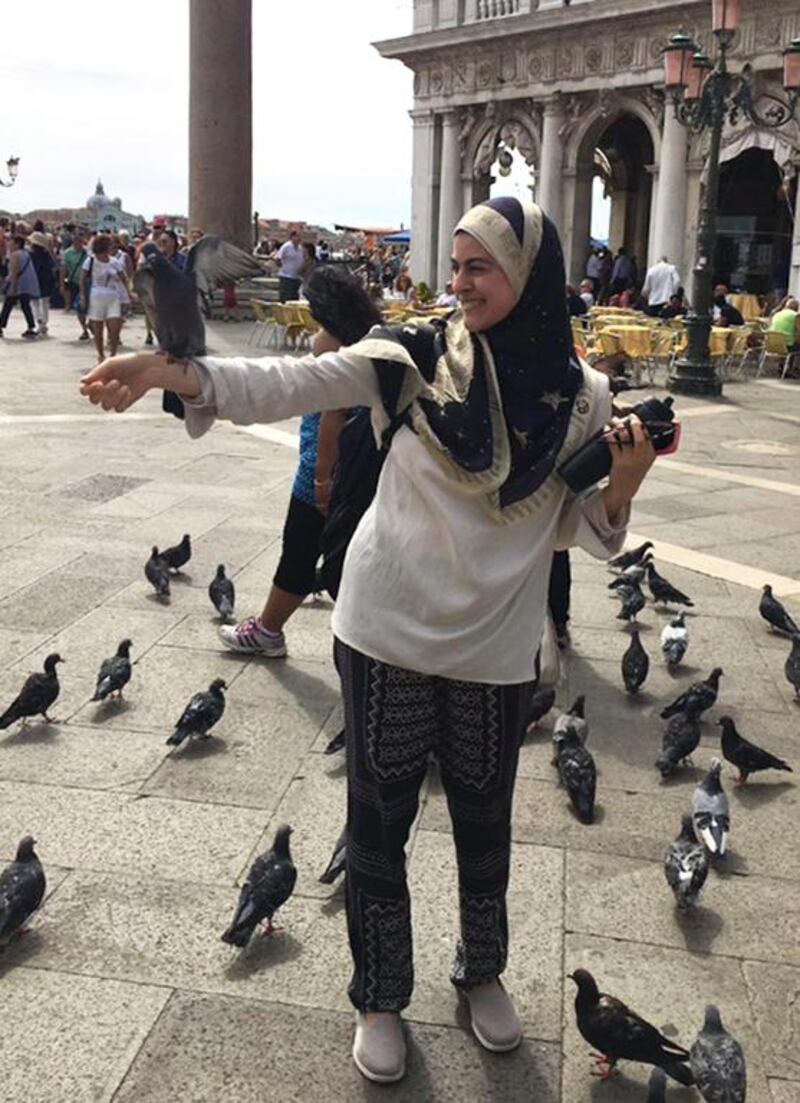Continuing our series from the 15th Venice Architecture Biennale, Farah El-Rafei, an Egyptian who graduated last year in Design Management from the American University of Sharjah, brings us this report from the Thailand Pavilion. Since the beginning of the Biennale, The Art Blog has teamed up with the UAE’s National Pavilion to elicit the help of the interns from their six-month programme. The interns are manning the UAE’s Pavilion in Venice for one month and in the mean time, are writing reports for us from a pavilion of their choice.
Farah writes: Thailand Pavilion: THREAT IS OPPORTUNITY
The theme of the 15th Venice Architecture Biennale, “Reporting from the Front”, poses the question, how can architecture meet the people’s needs when facing the constraints placed by their existing environment? Thailand’s national pavilion, titled “The Class of 6.3”, acts as a great example of this by showcasing architecture that is capable of enhancing humanity’s living conditions despite natural disasters. In fact, it has transformed a threat of an earthquake, into an opportunity, by rethinking the role of architecture in meeting the needs of the collective group rather than the individual.
The pavilion aims at profiling the rebuilding efforts of nine schools after the 2014 Chiag Rai Earthquake, which also razed temples, homes and infrastructure to the ground. As a consequence of the 6.3 magnitude earthquake, hundreds of school students were left without classrooms, forcing the majority to learn in shacks, tents and open fields. This compelled a non-profit organisation, Design for Disasters, to ask nine Thai architects to redesign and rebuild the nine schools.
Under the guidance of the Association of Siamese Architects, the design of earthquake-safe facilities and the construction process were collective efforts, bringing together a community of architects, engineers, school principals, consultants and schoolteachers to work side by side towards a common goal.
Theeranuj Wongwaisayawan, the founder of Design for Disasters, is the curator for this pavilion.
Not only did the earthquake induce a more sustainable architecture, where effective and convenient materials were used to resist the harsh environment, but it also reshaped the education system in rural areas by acknowledging the importance of the surrounding environment taking into account, wind, light and nature, and their effects on the psychology of learning.
In each of the schools, there are unconventional, open spaces for a more effective learning experience.
When you first enter the pavilion, you notice a balanced, harmonious installation stretched out across the exhibition space. Upon closer examination, you see small wooden building models mounted on thin poles attached to the floor. They are all grouped and arranged at equal distances from each other, resembling an open field. Within that field, there are certain elements that are distinctive; these are the school models, which are bigger in size, heavier and structurally more complex. To reemphasise their existence, a spotlight from above highlights each one.
The installation stands alone without distractions. No text is dominating the space. Little text is used on the sidewalls to introduce the pavilion. If visitors wish to know more about the content of the exhibition, using their phones, they can scan the QR code accompanied by each school model. A certain level of tranquility fills the room. Yet this sense of calmness is only momentary. As soon as you pass through and around the installation, the suspended buildings on thin poles are disturbed, oscillating in all different directions. It’s an earthquake! This quaking effect is produced by the spring-loaded plywood floor. Interestingly, the only elements that do not fluctuate and stay still are the school models, which are mounted on thicker poles. The schools therefore resist the earthquake. The contrast in size, form, weight, colour, strength and, most importantly, stability between the schools and buildings has so beautifully supported in the display of the pavilion’s theme.
After the completion of the UAE National Pavilion internship program, Farah El Rafei will be joining Art Dubai as the exhibitions coordinator within the exhibitor relations department.
Find out more about Farah on Instagram on @farahelrafei
Follow the Venice interns on @veniceinterns and hashtags #uaeinvenice and #veniceinterns





